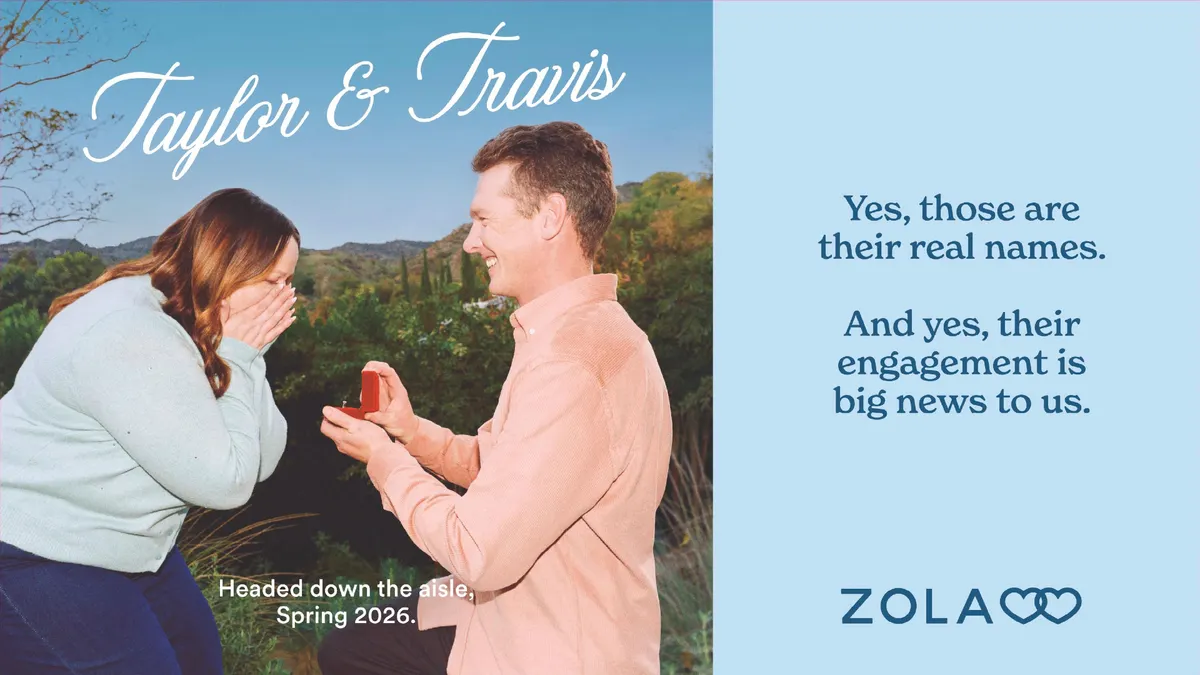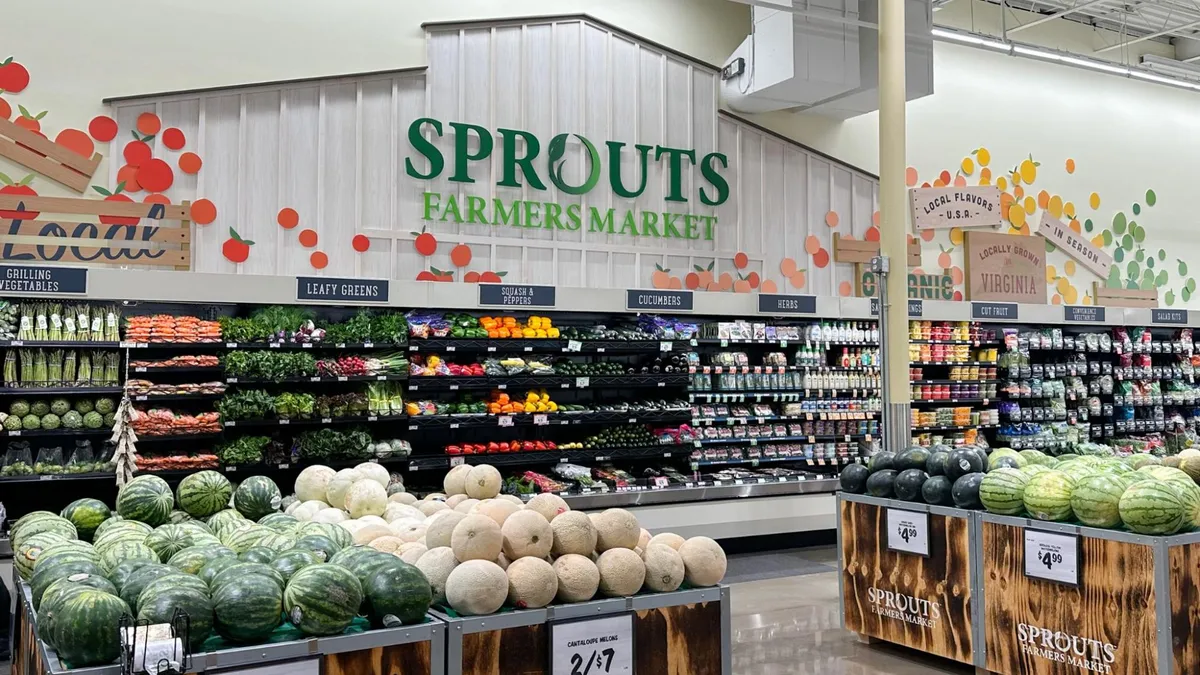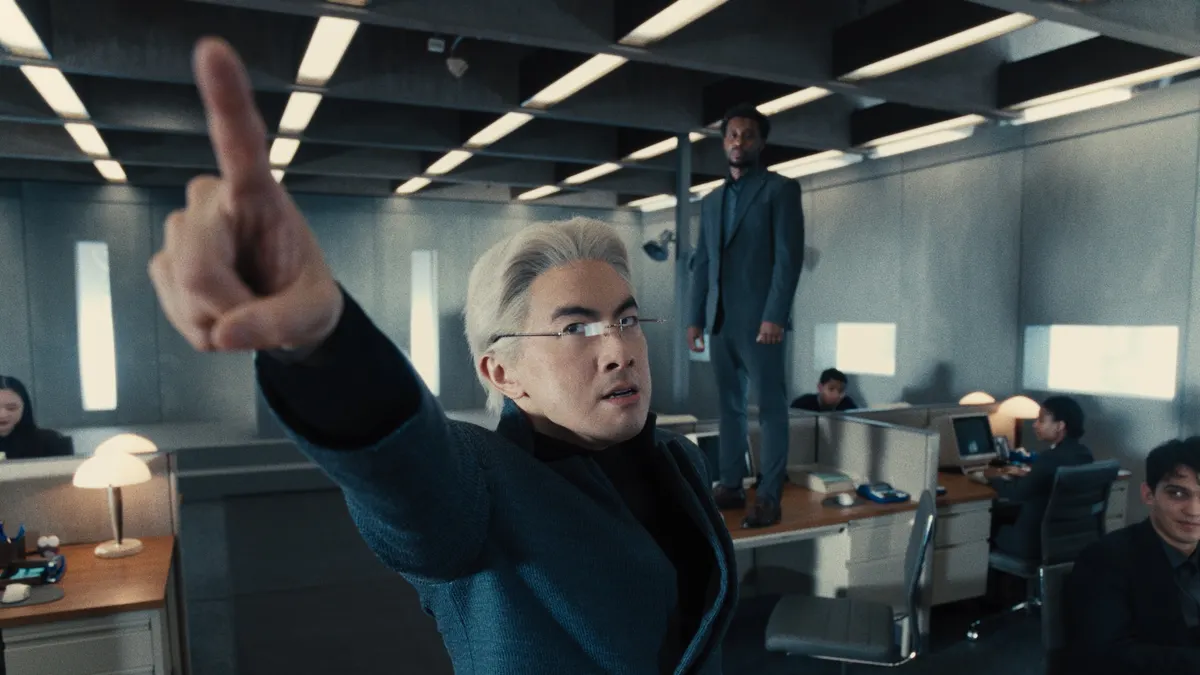MLB’s restructuring earlier this year was ushered in with significant fanfare. New rules have led to shorter, more dynamic gameplay and a major campaign launched in March signaled a new age for baseball. However, shorter games also means less time for advertising. Despite this, new data shows quality beats quantity, with team sponsorship revenue growing 23% this season to $1.5 billion, according to SponsorUnited. In total, the league saw 500 new sponsors, pushing deal volume past that of the NHL and NFL.
Shorter games and more exciting play have also led to a significant audience bump, with league viewership passing top primetime shows by 125% in core markets. The increase in visibility helped secure 135 additional deals compared to the previous season. New advertising offerings, such as dynamic dugout signage, also provided a boost. The option was purchased by 67 brands, making it the most purchased asset of 2023.
“There's just less exposure time for brands, there's less opportunity for signage and partnerships to exist during a typical three hour plus game,” said Bob Lynch, founder and CEO of SponsorUnited. “But it was really interesting to see them grow their business, around 23% in total sponsorship revenue, year over year which is a pretty big outlier, even compared to other professional sports leagues.”
The research looked at 850 brands and 3,500 deals. Additionally, 13,500 assets from the league, teams, athletes and brands were included in the analysis. This data was collected through SponsorUnited’s proprietary platform and covers the period between Jan. 1, 2019 and Sept. 30, 2023. Social media data was collected from branded posts across all 30 team accounts, including Instagram, X, TikTok and Facebook from Feb.1, 2023 and Sept. 26, 2023. Data on player endorsements are based on the number of times the player actively promotes or advertises for a brand through a campaign or brand activation within the past 12 months.
New game, new blood
The new rules — like one that encourages attempts to steal bases — have energized games. However, the new rules aren't the only factor driving hype. New talent, including 38 top prospects, also have helped. New players such as Corbin Carroll and Gunnar Henderson saw their social media presences grow by 327% and 97%, respectively. New players have become a major draw for advertisers, especially as their social media presence continues to grow.
“Major League Baseball as a whole is really leaned into their athletes to really help to lead and really build their brands, their younger athletes as well,” said Lynch.
Henderson secured two deals this season, while Carroll secured four deals. This suggests brands are eager to partner with stars early on in their career. Player sponsorships have proven to be a way for many brands to get in on baseball action. Julio Rodriguez of the Seattle Mariners pulled 20 endorsements in the past 12 months, making him the most endorsed player of the season. He was followed by Vladimir Guerrero Jr. of the Toronto Blue Jays, at 13 endorsements.
Social media engagement has become a significant driver of brand engagement. The most engaging teams include the Los Angeles Dodgers and the Houston Astros. Chevrolet and T-Mobile lead the way for the most engaged-with brands.
Top dog advertisers
Financial services is the top advertiser for the league, contributing approximately $200 million in revenue. This category saw a 38% increase in investment from 2022. However, there was one category with an even bigger gain. Technology saw a massive 53% increase from the year before, generating approximately $80 million in revenue. The automobile industry was the only one in the top 10 to decrease spend, which fell 8%.
One major shakeup to MLB marketing lies in the alcohol space. Beer has long been integral to baseball marketing. However, the beverage no longer makes up the majority share of the MLB’s sponsorship deals, falling 10% to a 45% deal share this season. This is equal to the combined share of ready-to-drink products and spirits combined, reflecting a shift in consumer taste.
“There's been a real shift in other categories coming in…that allows them to diversify the portfolio of sponsorships,” said Lynch. “Historically, there were just a small set of those large endemic categories that would buy sponsorships. And that's really starting to expand pretty significantly to other categories that they're starting to do business with, as well.”
Changing consumer tastes isn’t the only factor behind the MLB advertising shakeups. The league has taken steps to encourage advertising purchases by offering assets in addition to jersey patch deals. These include video board advertising, ribbon board advertising, outfield advertising and two different types of backstop signage. According to Lynch, other sports leagues can learn from the MLB. The league put the fan experience at the front, while making accommodations for brands. The strategy has paid off.
“You’ve obviously got to think of the fan experience first… More time, more events — that's not always necessarily the most important thing to ultimately deliver value to the consumer and to brand partners,” said Lynch. “Sometimes it's just creating more special events in a condensed period of time, and then creating really relevant periods where you can deliver signage in a new way.”





















